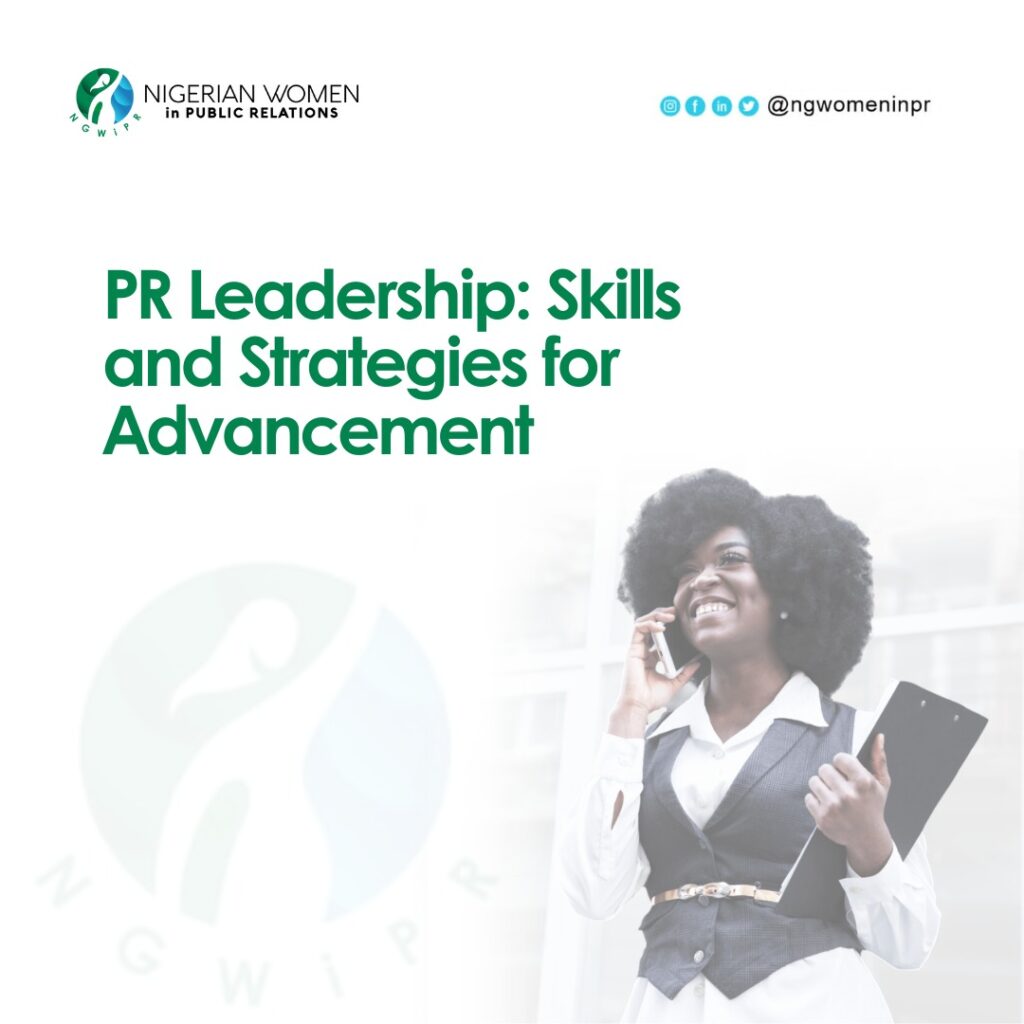In the dynamic world of public relations (PR), leadership is not just a title; it\’s a commitment to guide, inspire, and drive success. Effective Public Relations leadership goes beyond managing teams; it\’s about shaping narratives, influencing perceptions, and achieving strategic goals. In this blog post, we will explore the essential skills and strategies that define Public Relations leadership, offering a roadmap for Public Relations professionals aspiring to lead with impact and influence.
The Essence of Public Relations Leadership
Public Relations leaders are at the helm of shaping an organisation\’s image and reputation. They must blend traditional Public Relations practises with modern, digital-savvy techniques to meet the ever-evolving expectations of today\’s audience. But what sets Public Relations leadership apart from other leadership roles?
- Strategic Vision: PR leaders possess the ability to develop a holistic PR strategy aligned with the organisation\’s broader objectives. They identify opportunities, mitigate risks, and guide their teams toward meaningful PR goals.
- Effective Communication: Communication is at the core of PR. Leaders excel in articulating messages that resonate with target audiences. They\’re skilled in conveying complex information simply and compellingly.
- Crisis Management: Handling crises with composure and integrity is a defining trait of PR leadership. Leaders know how to turn a crisis into an opportunity for reputation enhancement.
- Adaptability: PR is an ever-evolving field. Leaders stay ahead of industry trends and adapt their strategies to the changing media and communication landscape.
- Team Development: PR leaders recognise the importance of their team. They foster professional growth, mentorship, and collaboration to ensure a cohesive and productive PR department.
Skills and Strategies for PR Leadership
- Effective Storytelling: PR leaders are masterful storytellers. They craft narratives that engage audiences, evoke emotions, and drive desired actions. A compelling story is the foundation of effective PR.
- Data-Driven Decision-Making: In the age of analytics, PR leaders utilise data to make informed decisions. They track key performance indicators, measure campaign success, and adjust strategies accordingly.
- Influence Management: PR leaders understand the power of influencers in today\’s digital landscape. They build and maintain relationships with influencers who can amplify their messages.
- Ethical Decision-Making: Ethical behaviour is non-negotiable for PR leaders. They operate with integrity, ensuring transparency and trust in all their communications.
- Agility in Crisis Management: Crisis situations can emerge suddenly. PR leaders remain calm under pressure, quickly assess the situation, and implement a crisis communication plan to protect and enhance their organisation\’s reputation.
- Strategic Networking: Building a network of media contacts, stakeholders, and fellow professionals is crucial for PR leadership. Networking can open doors to partnerships, media coverage, and valuable insights.
- Mentorship: PR leaders mentor the next generation of PR professionals. They share their experiences, knowledge, and insights, contributing to the development of future PR leaders.
PR leadership is an art and science that combines strategic thinking, communication prowess, and ethical conduct. As a PR professional, aspiring to lead in this dynamic field means honing skills, embracing adaptability, and aligning your strategies with your organisation\’s objectives. Effective PR leadership has the power to transform perceptions, drive success, and contribute to an organisation\’s long-term growth. By mastering the skills and strategies outlined in this blog post, you can embark on a fulfilling journey towards becoming a PR leader of influence and impact.

